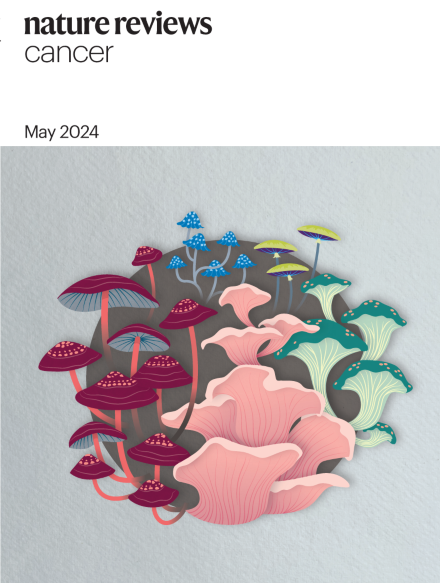
Fungi in cancer
Jessica Galloway-Pena, Iliyan D. Iliev & Florencia McAllister

Jessica Galloway-Pena, Iliyan D. Iliev & Florencia McAllister


This Review provides an introductory guide to artificial intelligence (AI)-based tools for non-computational cancer researchers. Here, Perez-Lopez et al. outline the general principles of AI for image analysis, natural language processing and drug discovery, as well as how researchers can get started with each of them.
